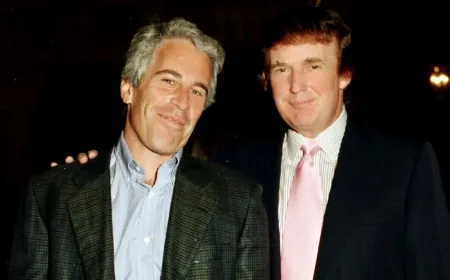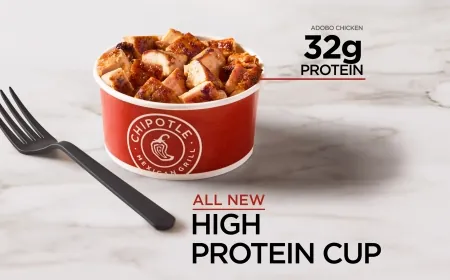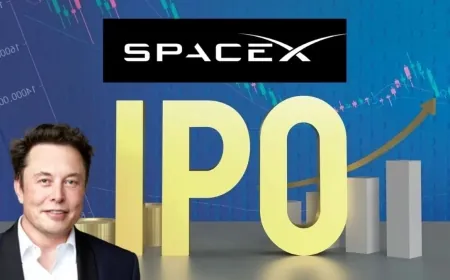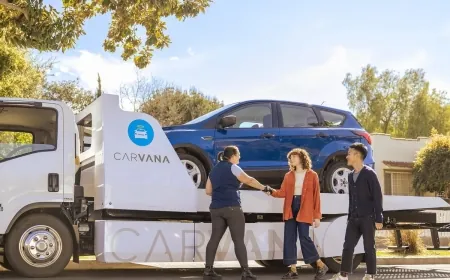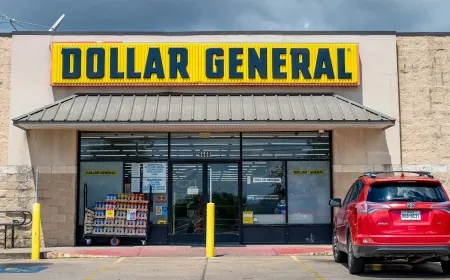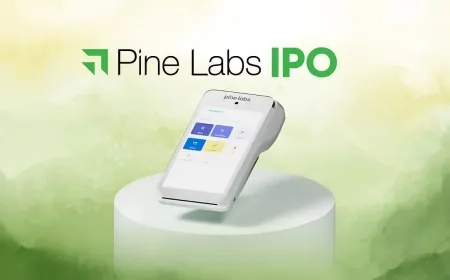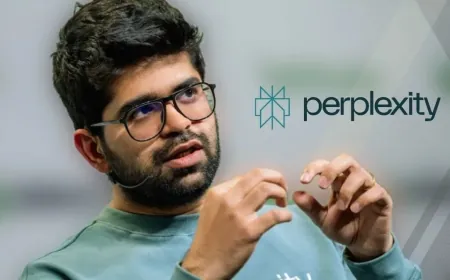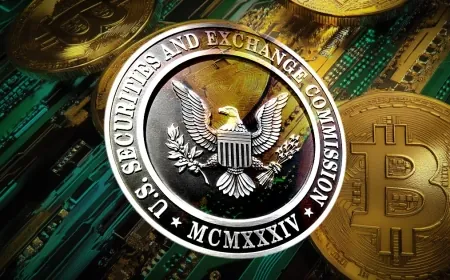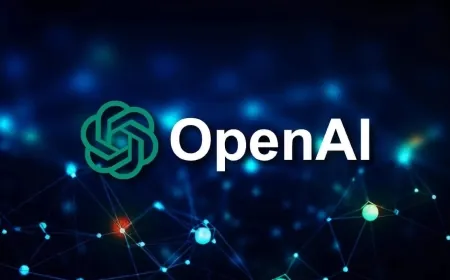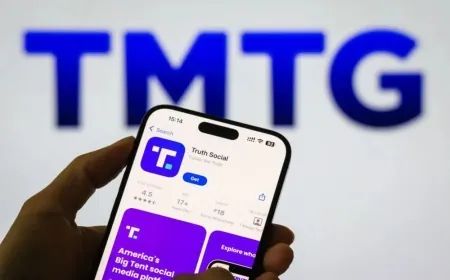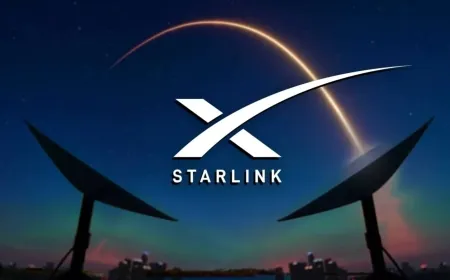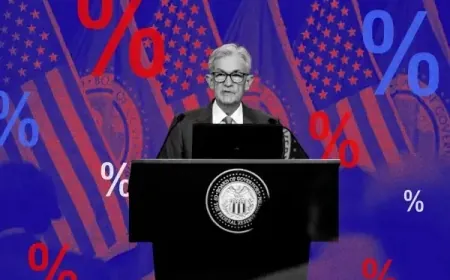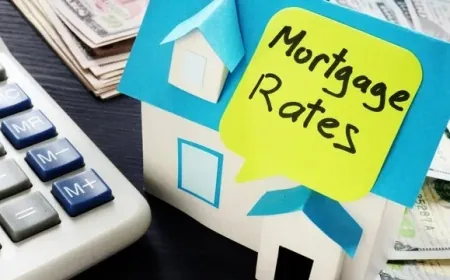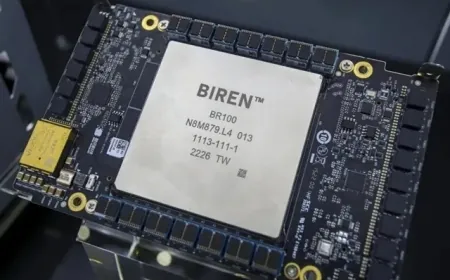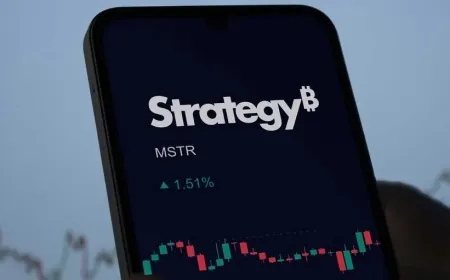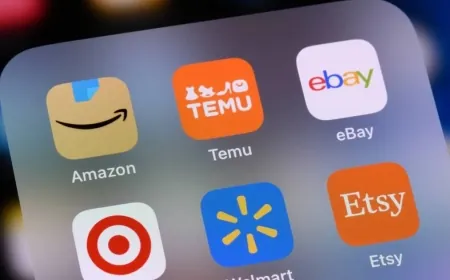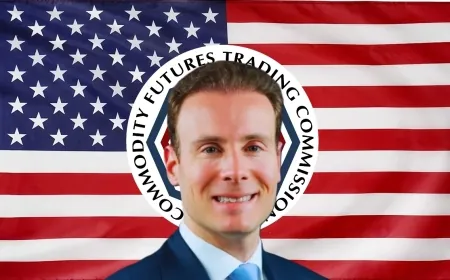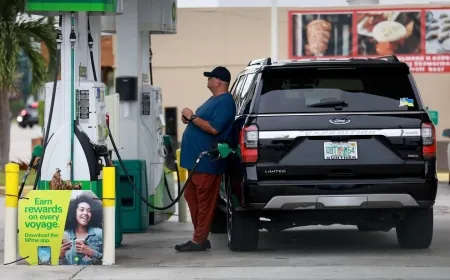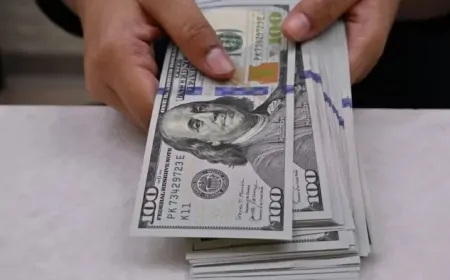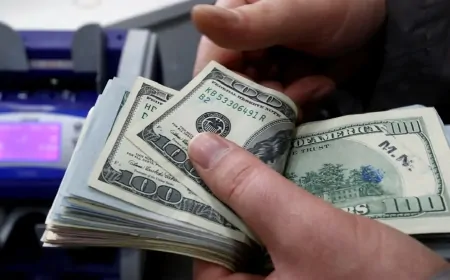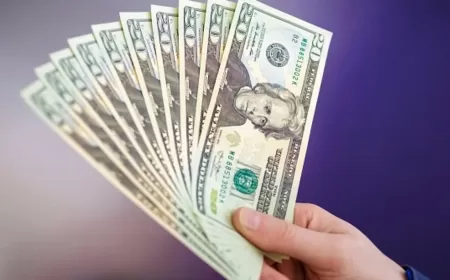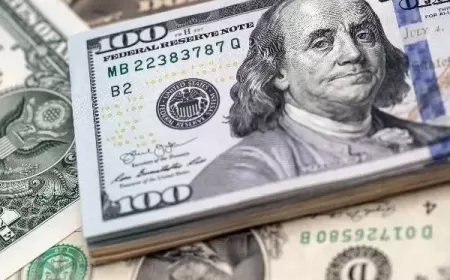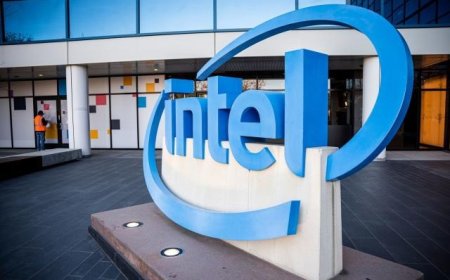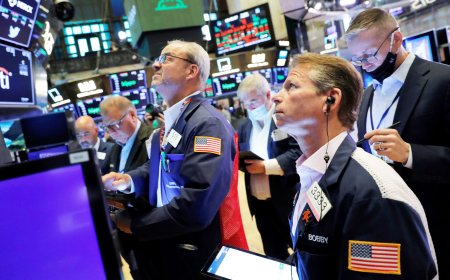GoodRx Stock Jumps 20% on $499 Novo Nordisk Drug Deal
GoodRx stock rallied 20% on a Novo Nordisk deal to sell Ozempic and Wegovy for $499/month, intensifying competition with Eli Lilly in GLP-1 drugs.
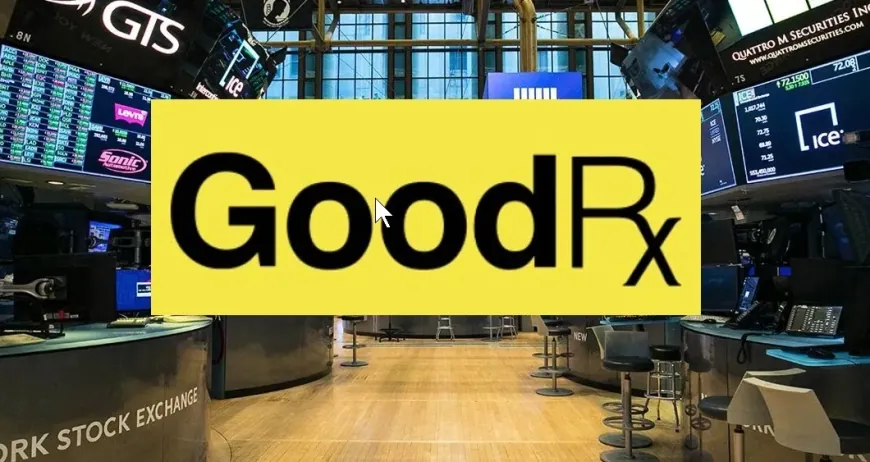
GoodRx (NASDAQ: GDRX) surged nearly 20% on Monday after announcing a deal with Novo Nordisk (NYSE: NVO) to sell its blockbuster GLP-1 drugs—Ozempic for diabetes and Wegovy for weight management—at a fixed cash price of $499 per month. The move is significant not only for patients struggling with affordability but also for the future of how blockbuster drugs are priced and distributed in the United States.
GoodRx Sets $499 Cash Price for GLP-1 Drugs
For uninsured or underinsured patients, GLP-1 drugs have been prohibitively expensive. Retail prices often exceed $1,000 per month, and insurance coverage is inconsistent—many plans deny weight-loss coverage altogether. By offering a predictable $499 cash price, GoodRx is undercutting retail pharmacies by 50% or more and positioning itself as a direct-access point for patients who might otherwise resort to compounded or black-market alternatives.
This also marks the first time Ozempic is being sold at a standardized cash price through a consumer-facing platform. The timing matters: demand for GLP-1s has skyrocketed, with GoodRx reporting over 17 million searches for these drugs in the past year alone, up 22% year-over-year. That surge shows both patient demand and a willingness to pay—if the price is accessible.
GoodRx Reinvents Itself With Novo Deal
Historically, GoodRx has operated as a coupon marketplace, negotiating discounts with pharmacy benefit managers (PBMs) and steering consumers to pharmacies. That model, while popular, has limited growth potential as PBM practices come under scrutiny. The Novo partnership marks GoodRx’s shift into direct drug distribution, effectively making it a hybrid between a telehealth platform and a pharmacy channel.
GoodRx CEO Wendy Barnes emphasized that the company deliberately avoided selling compounded versions of GLP-1s, unlike rivals such as Hims & Hers. While this meant missing out on short-term revenue during the height of shortages, the FDA’s crackdown on copycats could now give GoodRx a competitive edge in trust and compliance.
Wall Street has long criticized GoodRx’s dependence on PBM-driven coupon revenue. By expanding into direct drug sales, the company is signaling a new growth path that reduces that reliance. The 20% stock jump on Monday suggests investors see this as more than a one-off headline—it’s a structural shift that could re-rate GoodRx’s valuation if execution holds.
Novo Nordisk vs. Eli Lilly: Battle for Market Share
Eli Lilly’s GLP-1 momentum is accelerating. IQVIA data shows prescriptions of Zepbound surged 199% year-over-yearas of early August, while Novo Nordisk’s Wegovy managed just 40% growth. Lilly’s strategy of pushing vials—easier to manufacture than injection pens—through telehealth platforms has helped it capture new patients quickly.
Novo is now playing catch-up. Beyond billions invested in expanding production capacity, the company has leaned on partnerships to claw back share: securing CVS Caremark formulary placement for Wegovy, and now striking this GoodRx deal to directly reach uninsured or cash-paying patients.
Wall Street is watching closely. Zepbound’s faster adoption threatens to erode Novo’s dominance, and every new distribution channel matters. By leveraging GoodRx’s 17 million GLP-1 inquiries last year, Novo gains a way to keep patients in its ecosystem while pricing remains a barrier for many.
Trump-Era Policy Opens Door for GoodRx Cash Sales
The $499 GoodRx price point didn’t emerge in a vacuum. Trump-era policy pushed drugmakers to experiment with direct-to-consumer cash sales as a way to sidestep pharmacy benefit managers (PBMs) and insurance hurdles. That framework created space for platforms like GoodRx to negotiate cash deals directly with pharma.
By formalizing a cash channel with Novo, GoodRx is taking advantage of that shift. Patients who face $1,000+ retail prices or outright insurance denials now have a predictable, legal alternative. For Wall Street, the move signals that GoodRx is no longer just a coupon site—it’s positioning itself at the center of the policy-driven realignment of U.S. drug distribution.
GoodRx Finds Growth Beyond Coupons
GoodRx’s deal with Novo Nordisk opens a new revenue stream: direct drug sales. Until now, most of its income came from coupon redemptions, which have limited upside as pharmacy benefit managers (PBMs) face scrutiny. By pricing Ozempic at $499, GoodRx is tapping into a segment of patients who are currently priced out at retail levels above $1,000.
The addressable market is large. GLP-1 prescriptions in the U.S. are projected to exceed 30 million annually by 2030. Even a small share of cash-paying patients could add meaningful topline growth for GoodRx. Monday’s 10% stock jump reflects optimism that this pivot diversifies revenue beyond discount coupons.
Risks remain. Sustaining the $499 price depends on Novo’s capacity to produce enough supply, and telehealth competitors like Hims and Hers are scaling aggressively. If GoodRx can prove volume and retention at this price point, the market impact could be material.
Also Read: Novo Nordisk Launches $499 Ozempic Program for Cash-Paying U.S. Diabetes Patients
